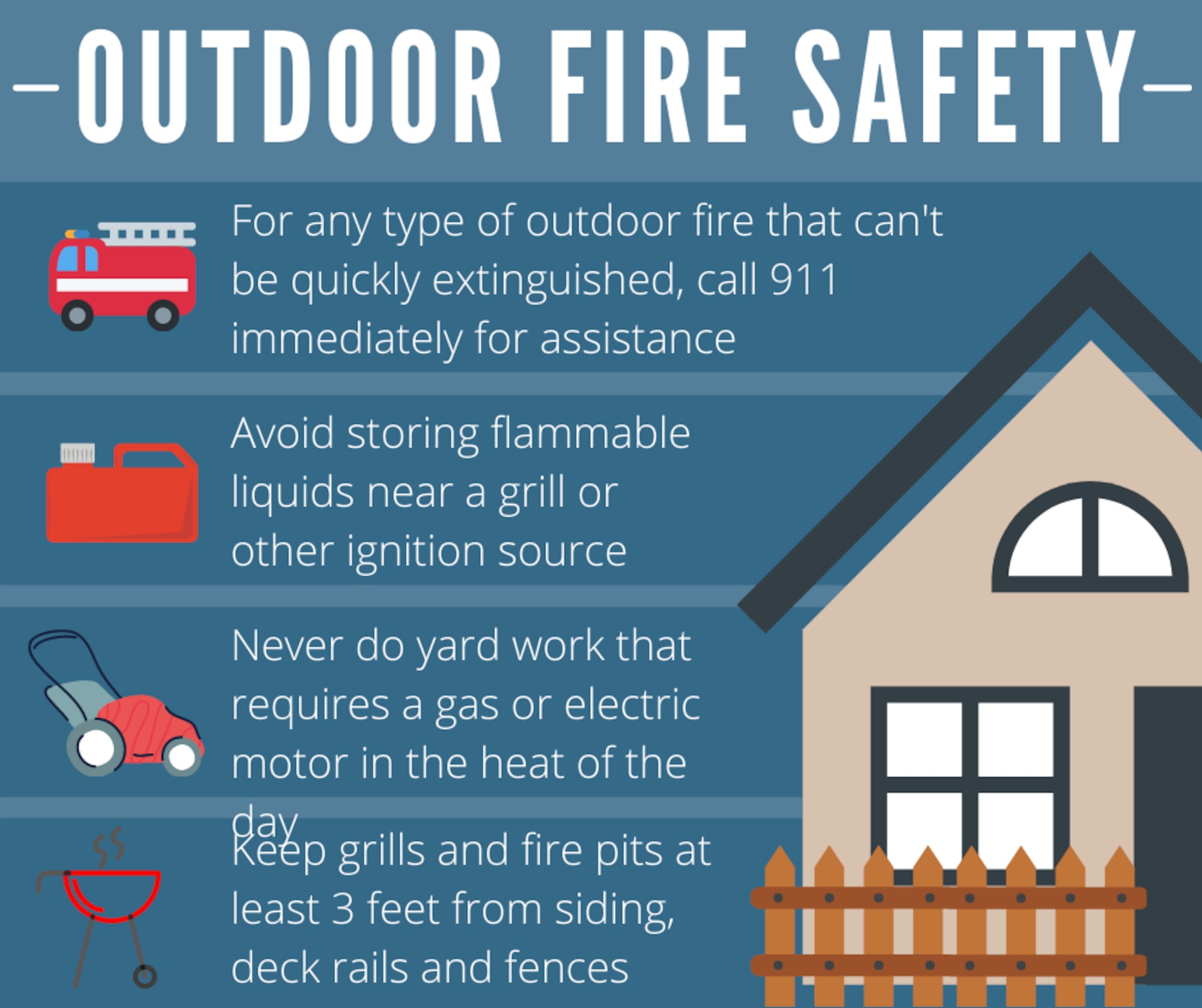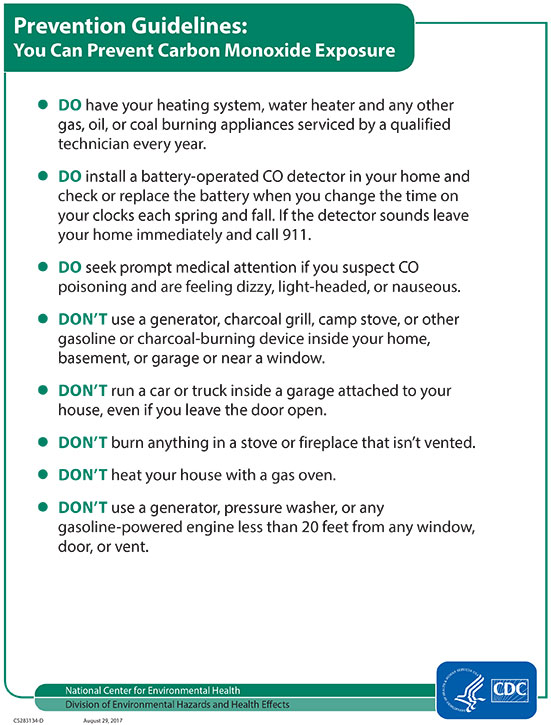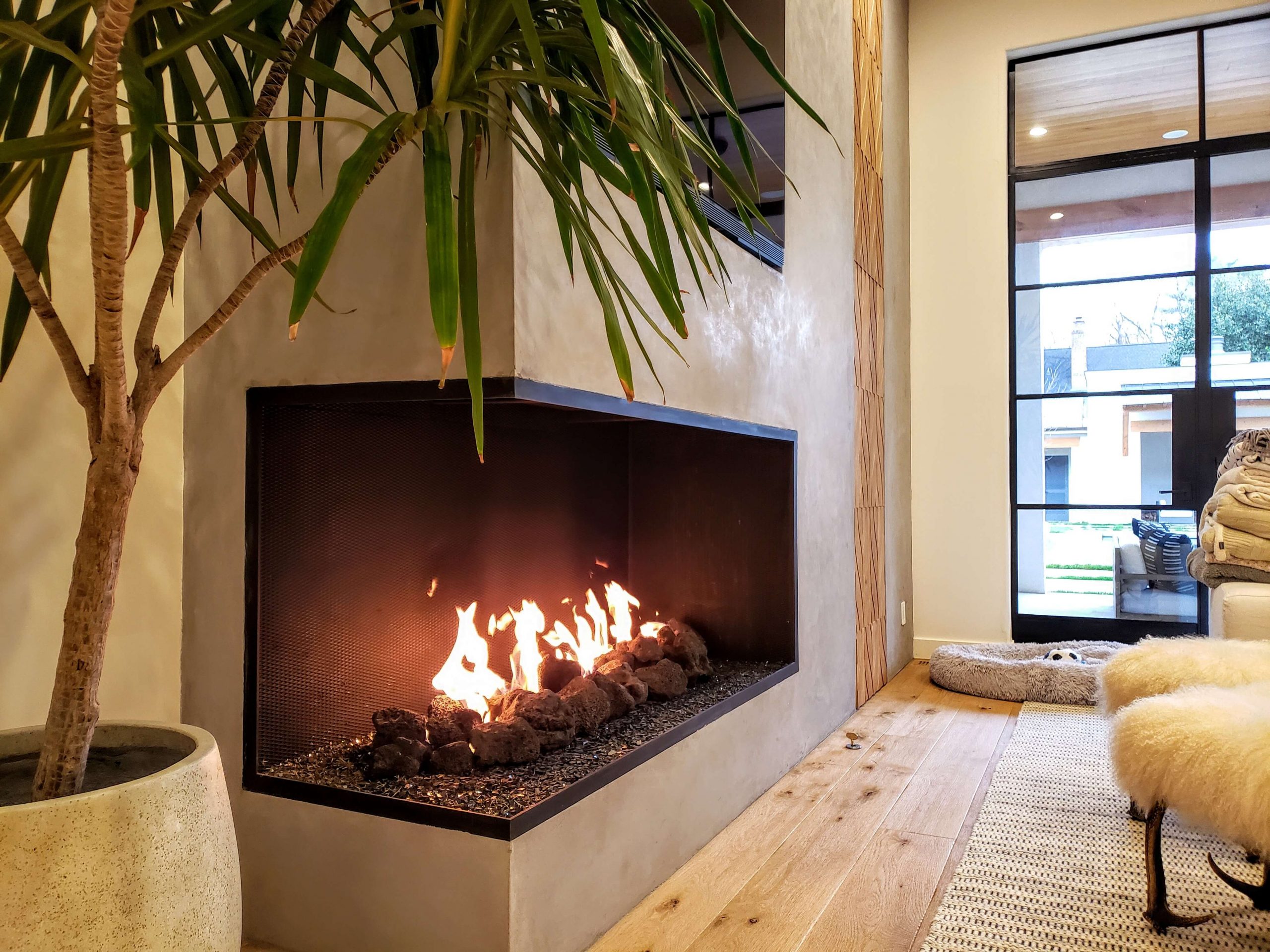You can safely leave a gas fireplace on for two to three hours at a time to prevent potential risks. It is recommended to follow this duration, especially if you have children, elderly individuals, or prioritize safety.
Leaving a gas fireplace on overnight can pose carbon monoxide hazards, so it’s advised to avoid doing so. Operating a vented gas log fireplace continuously throughout the day is generally safe due to proper venting mechanisms. Even with proper ventilation, it’s best to limit continuous operation to mitigate any unforeseen risks, typically running it for two to three hours at a time.
It’s crucial to prioritize safety when using gas fireplaces to ensure a secure and comfortable environment.


Credit: www.cdc.gov
The Safety Of Leaving A Gas Fireplace On
Leaving a gas fireplace on for extended periods can lead to carbon monoxide buildup, posing health risks.
- Ensure proper ventilation by leaving the flue open to prevent carbon monoxide accumulation.
- Install a carbon monoxide detector near the fireplace for added safety.
- Regularly inspect and maintain the fireplace to prevent malfunctions.
It’s important to be cautious when leaving a gas fireplace on to avoid potential hazards.
Duration For Leaving A Gas Fireplace On
It is advised to only leave a gas fireplace on for a maximum of two to three hours at a time to ensure safety.
Considerations For Leaving It On Overnight
- Avoid leaving the gas fireplace on overnight to reduce the risk of carbon monoxide buildup.
- Ensure the flue is kept open to vent excess carbon monoxide when the fireplace is in use.
Financial And Environmental Implications
Leaving a gas fireplace on all day may lead to higher energy costs and environmental impact. To maintain safety and efficiency, it’s advisable to limit its use to two to three hours at a time, reducing the financial and environmental implications.
Cost Considerations
Leaving a gas fireplace on for extended periods can impact your utility bills. While gas fireplaces are generally more energy-efficient than traditional wood-burning options, prolonged use can still lead to increased gas consumption. Additionally, long-term usage may accelerate the wear and tear of the fireplace components, leading to potential maintenance and repair costs.
Environmental Impact
Continuous operation of gas fireplaces can have environmental implications, primarily due to the emission of greenhouse gases. Although gas fireplaces are cleaner-burning than wood-burning ones, excessive use can still contribute to carbon emissions and air pollution. It’s crucial to consider the environmental impact and strive for balanced usage to minimize the carbon footprint.

Credit: weather.com
Guidelines For Maintaining A Gas Fireplace
To ensure safety, it is recommended to only keep a gas fireplace on for a maximum of two to three hours at a time. Leaving it on overnight poses a risk of carbon monoxide buildup, so it’s best to adhere to this guideline and keep the flue open for ventilation.
Regular Maintenance Requirements
Maintaining your gas fireplace regularly is crucial to ensure its optimal performance and longevity. Here are the essential maintenance tasks you need to perform:
- Inspect and clean the glass doors or front panel regularly to remove any soot, dust, or debris that may have accumulated. This helps to maintain the aesthetic appeal of your fireplace and prevents any blockages that could affect its performance.
- Check the burner and control components for any signs of wear or damage. If you notice any issues, it is recommended to contact a professional technician for repairs.
- Verify that the gas control valve is functioning correctly and make sure there are no gas leaks. Gas leaks can be extremely dangerous, so if you suspect a leak, turn off the gas supply immediately and seek professional assistance.
- Inspect the chimney or vent regularly to ensure proper ventilation. Blockages or buildup of debris can hinder the airflow and increase the risk of carbon monoxide poisoning.
- Test the ignition system and ensure that it is working smoothly. If you encounter any difficulties starting the fireplace, it may require servicing or replacement of ignition components.
Signs Of Potential Issues
It’s important to be aware of the signs that may indicate potential issues with your gas fireplace. Keep an eye out for the following warning signs:
- Unusual odors coming from the fireplace, such as rotten eggs or a strong gas smell. This could indicate a gas leak.
- Poor or inconsistent flame patterns, including uneven burning or a flickering flame. This may be a sign of burner or gas pressure problems.
- Soot or black residue accumulating on the glass doors or surrounding areas. Excessive soot buildup could be a sign of incomplete combustion or clogged burner ports.
- Unusual noises, such as hissing, popping, or rattling sounds. These noises could indicate issues with the gas flow, ignition system, or venting.
- Frequent pilot light or burner flame extinguishment. If the pilot light or flame keeps going out, it could be due to a faulty thermocouple, gas valve, or venting problem.
If you notice any of these signs, it is best to consult a qualified professional to assess and resolve the issue. Ignoring these warning signs can lead to potential hazards and compromise the safety of your gas fireplace.
Factors Influencing Safe Usage
When it comes to using a gas fireplace, it’s essential to prioritize safety. Knowing how long you can leave a gas fireplace on is crucial to prevent any potential hazards. Several factors influence the safe usage of a gas fireplace, including:
Type Of Gas Fireplace
The type of gas fireplace you have plays a significant role in determining how long it can safely be left on. There are two main types: vented and ventless (or vent-free) gas fireplaces.
Vented gas fireplaces are connected to a chimney or flue, allowing for the safe release of exhaust gases like carbon monoxide. These fireplaces often have a glass front that remains closed while in use. It is generally safe to run a vented gas fireplace continuously, as long as the room is adequately ventilated.
On the other hand, ventless gas fireplaces do not require a chimney or flue. Instead, they use oxygen from the room they are installed in and release their combustion by-products directly into the living space. Due to the potential build-up of carbon monoxide and other gases, it is advisable to limit the operational time of a ventless gas fireplace.
Household Circumstances
Consider your specific household circumstances when determining how long to leave your gas fireplace on.
If you have small children, it’s crucial to exercise caution. Children may be curious and unknowingly tamper with the fireplace controls, leading to potential accidents. To ensure their safety, it is recommended to limit the operational time to two to three hours.
Additionally, older individuals may have a decreased ability to detect and respond to potential hazards. It is wise to be mindful of any potential risks and follow the recommended time limits for gas fireplace usage.
Overall, it is important to prioritize safety when using a gas fireplace. Whether you have a vented or ventless fireplace, it is advisable to limit the operational time to two to three hours at a time.

Credit: www.acucraft.com
Frequently Asked Questions For How Long Can You Leave A Gas Fireplace On
How Long Can Gas Fireplace Stay On?
You can run a gas fireplace for 2-3 hours at a time to be cautious. Avoid leaving it on overnight for safety reasons.
Is It Ok To Leave A Gas Fireplace On Overnight?
Leaving a gas fireplace on overnight is not recommended. It’s safer to only leave it burning for two to three hours at a time to avoid any potential risks. Moreover, always ensure the flue is open for proper venting of carbon monoxide.
Is It Ok To Run Gas Fireplace All Day?
It is not recommended to run a gas fireplace all day. It is safer to only leave it burning for two to three hours at a time. Leaving it on overnight is risky and can result in the build-up of carbon monoxide.
Always keep the flue open for ventilation.
Is It Expensive To Leave Gas Fireplace On All Day?
Leaving a gas fireplace on all day can be expensive. It’s recommended to only leave it burning for two to three hours at a time to be safe.
Q: How Long Can A Gas Fireplace Stay On?
A: It is recommended to only leave your fireplace burning for two to three hours at a time.
Conclusion
It’s generally safe to leave a gas fireplace on for a few hours at a time. However, it’s best to prioritize safety and not leave it unattended, especially overnight. Adhering to these guidelines can provide peace of mind and ensure the well-being of those in the vicinity.